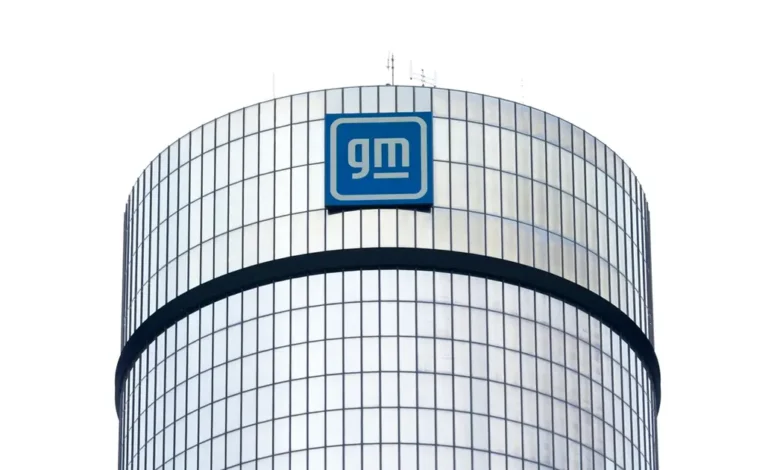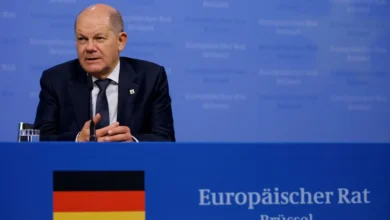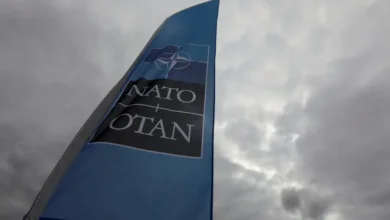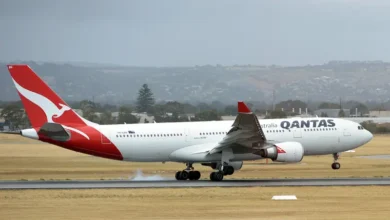GM quarterly profit slumps 35 percent

General Motors’ profit declined 35 percent in its second-quarter, but the automaker easily topped expectations and stuck by its full-year financial outlook that it lowered in May. GM CEO Mary Barra also said in a letter to shareholders on Tuesday that the automaker is attempting to greatly reduce our tariff exposure, citing $4 billion of new investment in its US assembly plants. “In addition to our strong underlying operating performance, we are positioning the business for a profitable long-term future as we adapt to new trade and tax policies and a rapidly evolving tech landscape,” she said.
GM said that it’s making solid progress in mitigating at least 30 percent of the $4 billion to $5 billion gross tariff impact it anticipates for the year through manufacturing adjustments, targeted cost initiatives, and with pricing. There was a $1.1 billion net impact from tariffs in the second quarter, and GM anticipates a higher net impact in the third quarter because of indirect costs related to tariffs. For the three months ended June 30, GM earned $1.89 billion, or $1.91 per share. A year earlier, the company earned $2.93 billion, or $2.55 per share. Stripping out certain items, earnings were $2.53 per share. That handily beat the $2.34 per share analysts polled by FactSet were calling for. Revenue declined to $47.12 billion from $47.97 billion but still topped Wall Street’s estimate of $45.84 billion. Shares declined more than 3 percent before the opening bell Tuesday. EV sales totaled 46,300 in the second quarter, up from 31,900 in the first quarter. Yet overall in the US, EV sales growth has begun to slow. The $7,500 EV tax credit under the Inflation Reduction Act is set to expire in September for many models. “Despite slower EV industry growth, we believe the long-term future is profitable electric vehicle production, and this continues to be our north star,” she wrote. “As we adjust to changing demand, we will prioritize our customers, brands, and a flexible manufacturing footprint and leverage our domestic battery investments and other profit-improvement plans.
The company maintained its full-year financial forecast. In May, General Motors lowered its profit expectations for the year as the carmaker braced for a potential impact from auto tariffs as high as $5 billion in 2025. The Detroit automaker said at the time that it anticipated full-year adjusted earnings before interest and taxes in a range of $10 billion to $12.5 billion. The guidance includes a current tariff exposure of $4 billion to $5 billion. A month later, GM announced plans to invest $4 billion to shift some production from Mexico to US manufacturing plants. The company said at the time that the investment would be made over the next two years and was for its gas and electric vehicles.
President Donald Trump signed executive orders in April to relax some of his 25 percent tariffs on automobiles and auto parts, a significant reversal as the import taxes threatened to hurt domestic manufacturers. Automakers and independent analyses have indicated that the tariffs could raise prices, reduce sales, and make US production less competitive worldwide. Trump portrayed the changes as a bridge toward automakers moving more production into the United States. The tariffs ordered by Trump are hitting the entire auto sector, which sends vehicles and parts across the northern and southern borders of the US repeatedly as they are assembled. The Center for Automotive Research says that a uniform 25 percent tariff on all trading partners would have an increased cost of $107.7 billion to all US automakers and an increased cost of $41.9 billion for the Big Three automakers in Detroit: Stellantis, GM, and Ford.
GM reported its financial results a day after Jeep maker Stellantis said that its preliminary estimates show a 2.3 billion euros ($2.68 billion) net loss in the first half of the year due to US tariffs and some hefty charges. Stellantis will release its financial results for the first half of the year on July 29.










